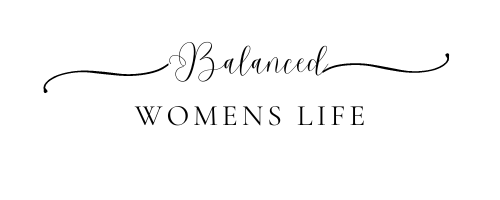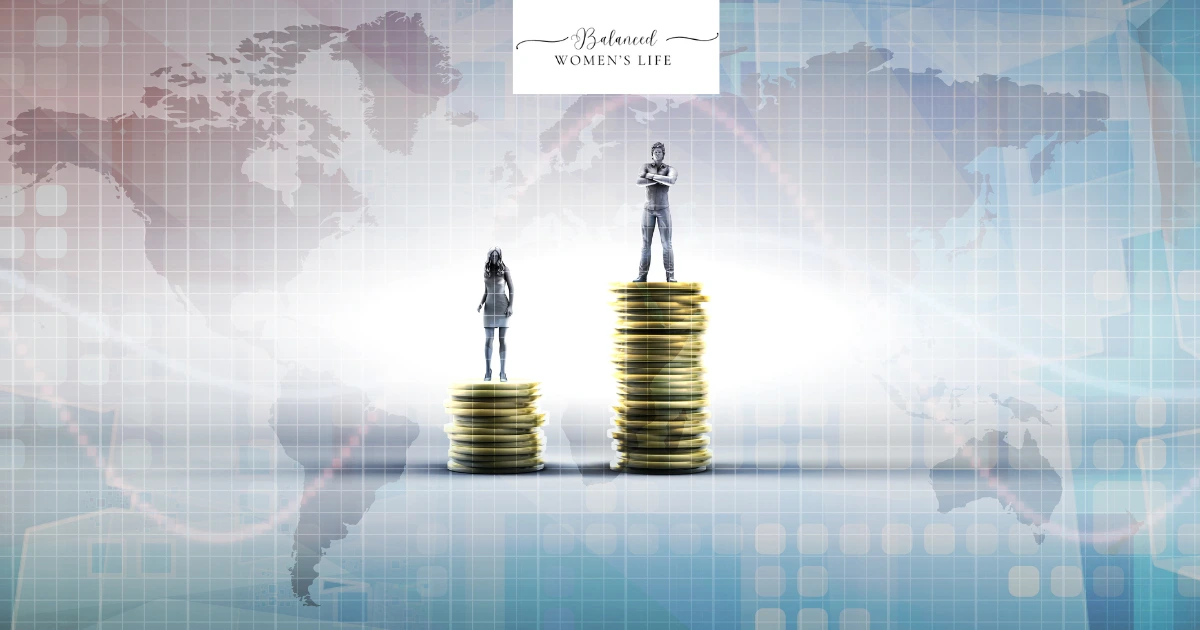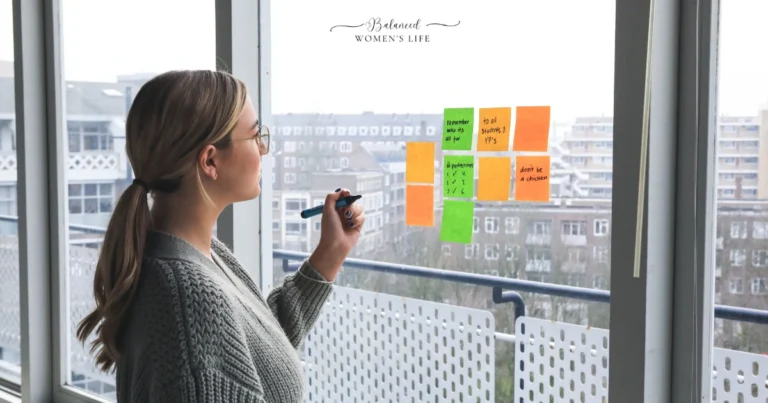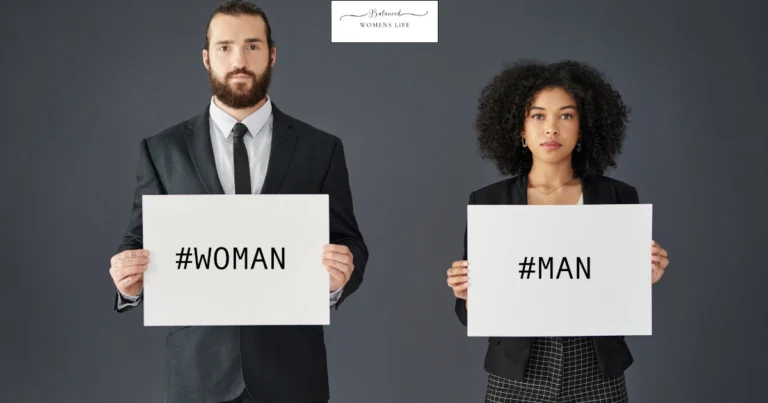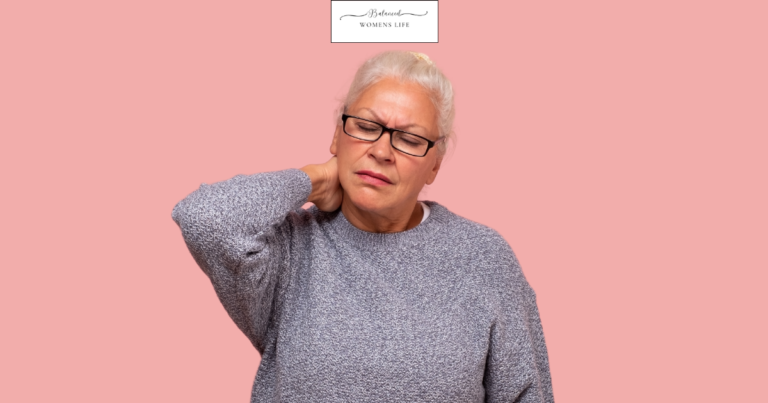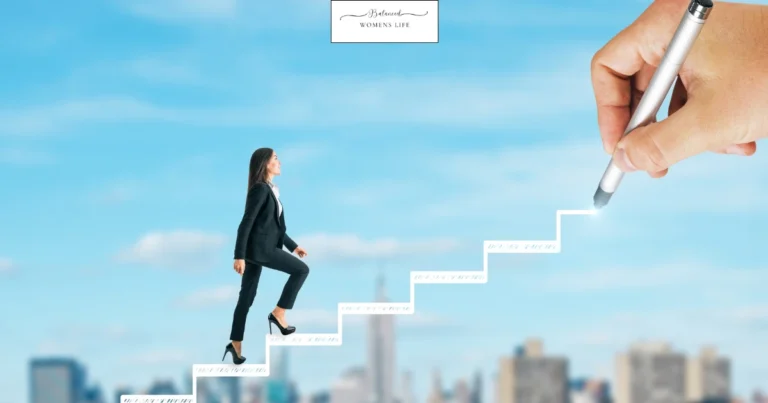Breaking Barriers: The Truth About Gender Bias
Table of Contents
Gender bias is one of the most persistent and subtle forms of inequality, impacting every facet of life from education and workplace to healthcare and media. In this article, we uncover the truth about gender bias, how it manifests, and the steps individuals and institutions can take to break the cycle.
Understanding Gender Bias
Gender-bias refers to the unfair treatment or stereotypes based on an individual’s gender. It can be both conscious and unconscious, and often reinforces traditional gender roles that hinder progress, equality, and diversity.
Types of Gender Discrimination
- Explicit Bias: Conscious beliefs that lead to intentional discrimination.
- Implicit Bias: Unconscious associations or attitudes that affect decisions.
- Institutional Bias: Systematic policies or practices that disadvantage one gender.
Examples of Gender-Bias in Daily Life
- Women being passed over for leadership roles
- Men being discouraged from careers in caregiving or education
- Media portrayal of traditional gender roles
Gender Discrimination in the Workplace
The Wage Gap
Despite progress, women still earn less than men for the same work. According to the World Economic Forum, women globally earn about 37% less than men in similar positions.
Promotion Disparity
Women often face a “glass ceiling,” making it harder for them to ascend to leadership roles. Only 8.8% of Fortune 500 CEOs are women (2023).
How Gender- Bias Affects Hiring
Research by Harvard University found that resumes with male-sounding names are 30% more likely to receive callbacks than those with female-sounding names—even when qualifications are identical.
| Aspect | Women | Men |
|---|---|---|
| Average Salary | $0.82 for every $1 | $1.00 |
| Likelihood of Promotion | 18% | 34% |
| Representation in Leadership | 27% | 73% |

Gender Discrimination in Education and Media
Stereotyping in Schools
From early childhood, gender-bias can affect how children are treated and what is expected of them. Girls are often praised for being quiet and neat, while boys are encouraged to be active and assertive.
Representation in Educational Content
Textbooks and curricula often lack gender balance. A UNESCO study found that only 17% of characters in school textbooks are female.
Media Representation
Media plays a powerful role in reinforcing gender roles. Women are often portrayed in nurturing or secondary roles, while men are shown as leaders and decision-makers.
Combating Gender Inequality
Individual Actions
- Self-Education: Learn to recognize your own implicit biases.
- Speak Up: Address gender-bias when you see it.
- Mentorship: Support underrepresented genders in your workplace or community.
Organizational Strategies
- Implement diversity and inclusion training
- Use blind hiring practices
- Establish gender-equal promotion policies
Government and Policy Interventions
- Enforce equal pay laws
- Promote parental leave for all genders
- Support education reforms that eliminate stereotyping
FAQ: Gender Inequality
Q: What causes gender-bias? A: Cultural norms, historical roles, and systemic structures contribute to gender-bias.
Q: Can men experience gender-bias too? A: Yes, especially in roles that are stereotypically considered feminine, such as nursing or teaching.
Q: How do I know if I have implicit bias? A: Tools like Harvard’s Implicit Association Test can help identify unconscious biases.
Q: What role does education play? A: Education can challenge stereotypes early on and promote equality through representation and inclusive teaching.
Conclusion
Gender- bias remains a significant barrier to achieving true equality. Whether it appears in subtle classroom interactions or boardroom decisions, its impact is profound and far-reaching. Tackling Gender Stereotyping requires a collective effort—from individuals, organizations, and governments. By acknowledging the problem and taking concrete steps, we can build a more inclusive and equitable world for everyone.
